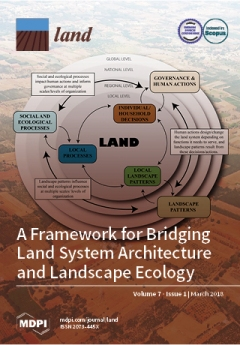Geographical and Statistical Analysis on the Relationship between Land-Use Mixture and Home-Based Trip Making and More: Case of Richmond, Virginia
Richmond, Virginia has implemented numerous mixed land-use policies to encourage non-private-vehicle commuting for decades based on the best practices of other cities and the assumption that land-use mixture would positively lead to trip reduction. This paper uses both Geographical Information Systems (GIS) and statistical tools to empirically test this hypothesis. With local land use and trip making data as inputs, it first calculates two common indices of land-use mixture - entropy and dissimilarity indices, using GIS tool, supplemented by Microsoft Excel.


